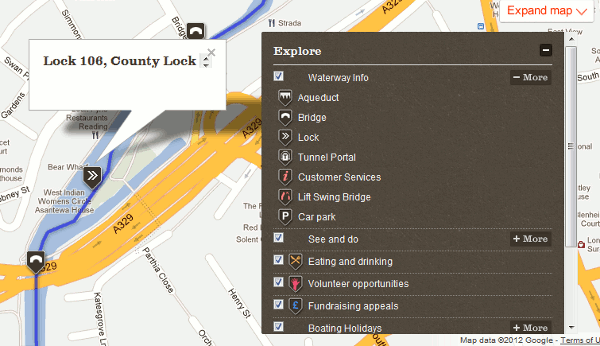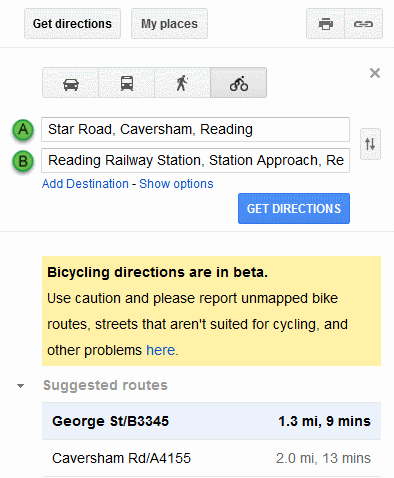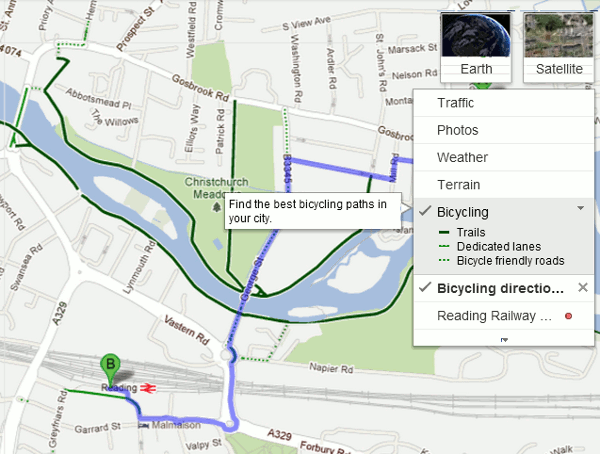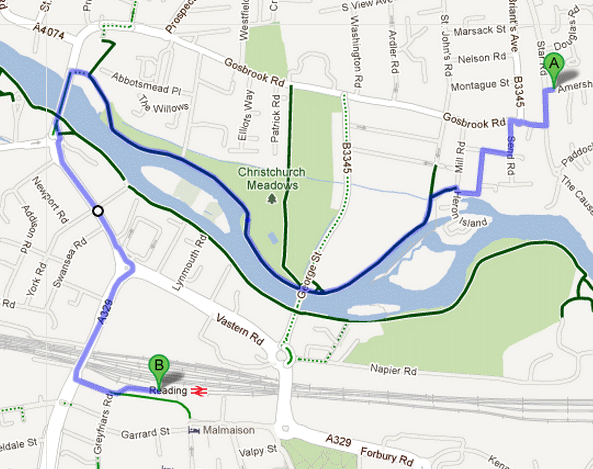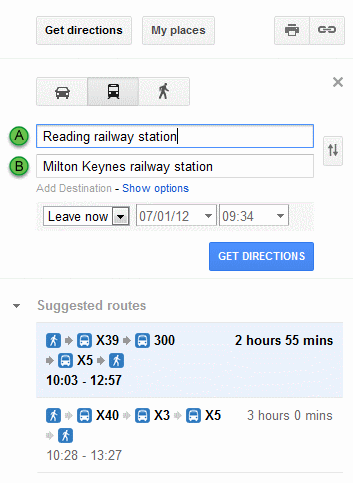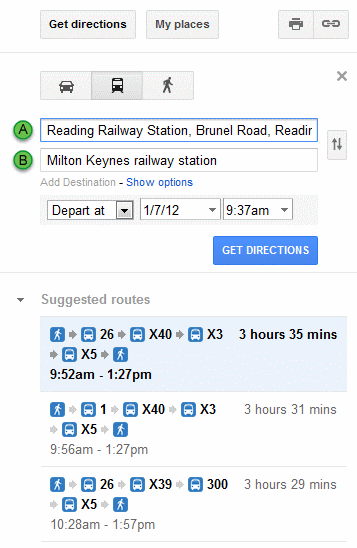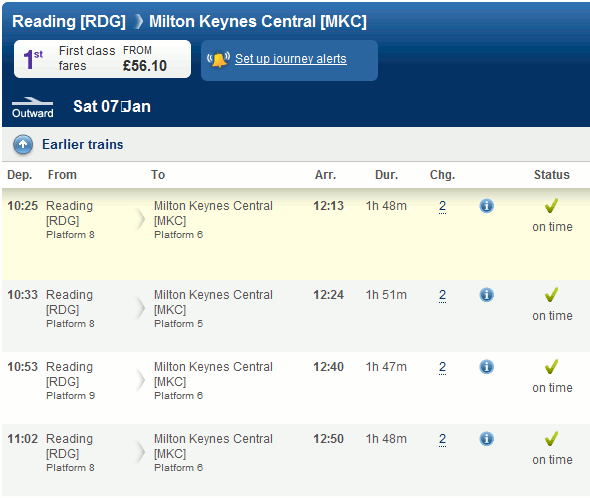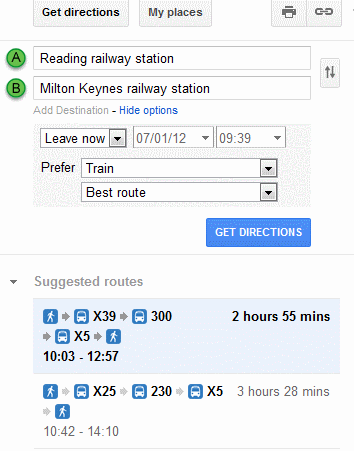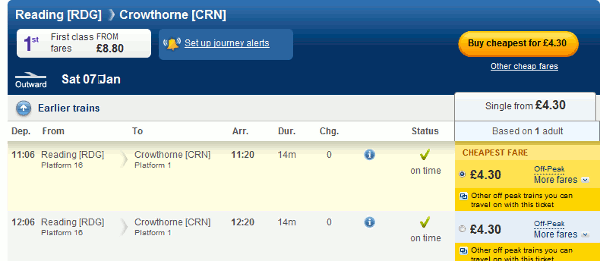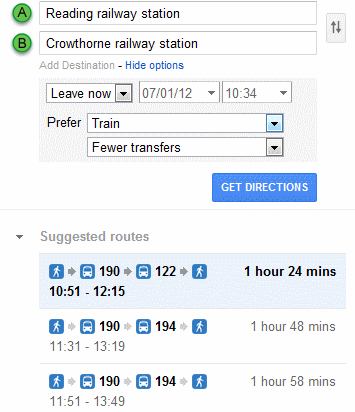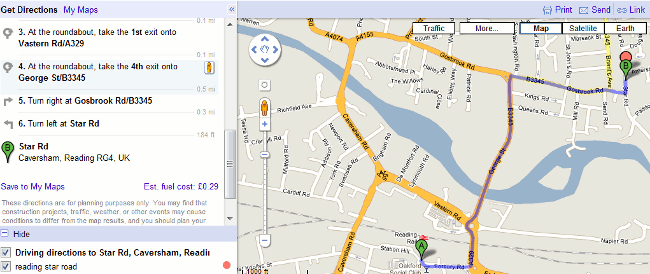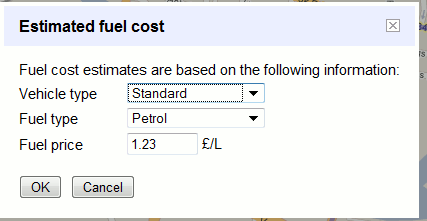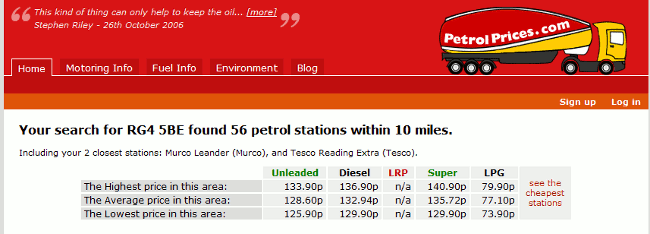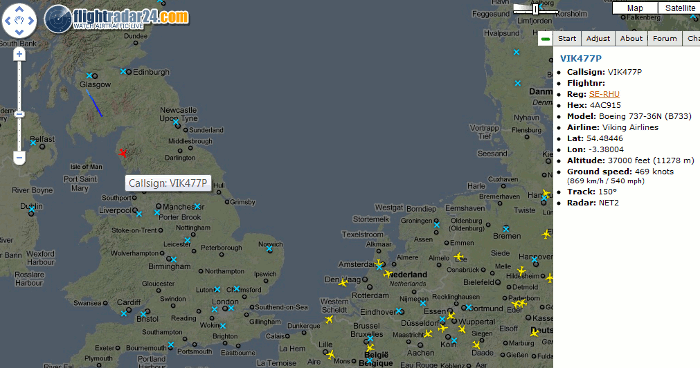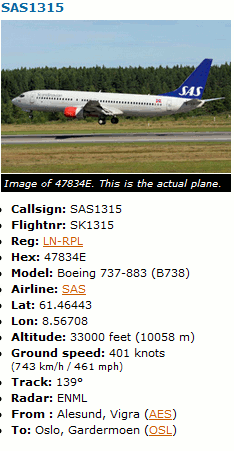NORAD, the North American Aerospace Defense Command, and its predecessor, the Continental Air Defense Command (CONAD) has been tracking Santa since 1955. It all began when a Colorado Springs-based Sears Roebuck & Co. advertisement misprinted the telephone number for children to call Santa. The phone number put the children through to the CONAD Commander-in-Chief’s operations hotline. The Director of Operations at the time, Colonel Harry Shoup, had his staff check the radar for indications of Santa making his way south from the North Pole. Children who called were given updates on his location and the Santa Tracker was born.
NORAD now uses four high-tech systems to track Santa – radar, satellites, Santa Cams and fighter jets. The Santa Cams “are ultra-cool, high-tech, high-speed digital cameras that are pre-positioned at many locations around the world. NORAD only uses these cameras once a year. The cameras capture images and videos of Santa and his reindeer as they make their journey around the world”. Full technical details of all four systems can be found on the NORAD Santa site at http://www.noradsanta.org/en/how.html.
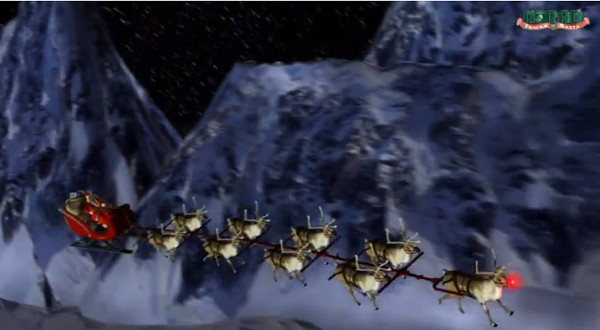
In 2007 Google became an official NORAD Tracks Santa partner and provided the maps that displayed real time information on Santa’s location. This year, that partnership ended and NORAD is now using Microsoft’s Bing Maps. In response Google has launched its own Santa Tracker at http://www.google.com/santatracker/. It will be interesting to see how it compares with NORAD’s but straight away I have to query the quality of Google’s pre-launch information. On the “Learn more” page at http://www.google.com/santatracker/about.html the image shows not Santa as the central figure but a large snowman. Surely some mistake?
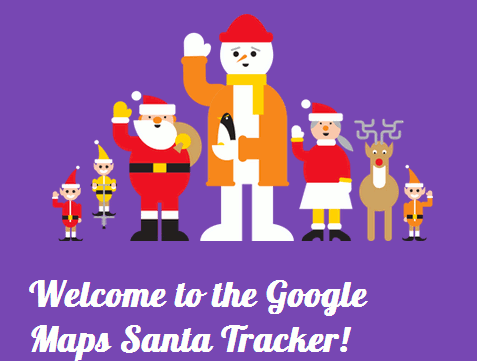
Google is also trying to push Google+ as the main source of information with up to the minute reports being posted on +Googlemaps at https://plus.google.com/+GoogleMaps/posts
At the time of writing this post lift off was just 15 minutes away so you still have time to get a ring side seat with the tracer of your choice:
The original NORAD tracker http://www.noradsanta.org/
Google Santa Tracker http://www.google.com/santatracker/
